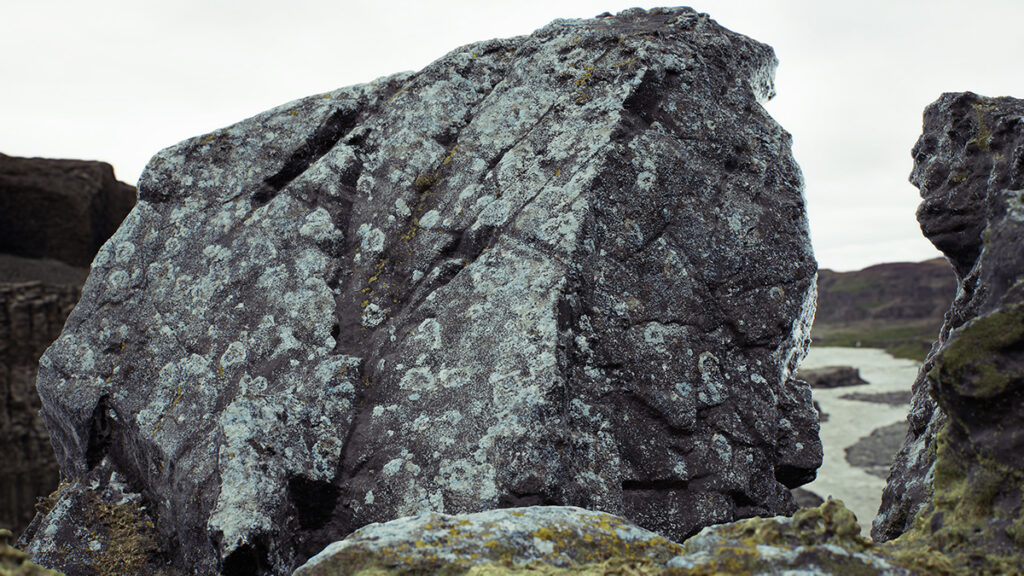Vector mode in the Displacement shader module displaces a mesh’s geometry based on an RGB vector map.
Unlike Height displacement, which only shifts vertices along their normals, Vector displacement moves vertices in any direction (X, Y, and Z), enabling more complex deformations such as overhangs, folds, and sculpted surface detail. The Vector Map stores displacement directions and scale. Each channel represents one axis (X, Y, Z).
This shading model can be used for sculpted organic details (wrinkles, pores, folds), complex patterns with overhangs or undercuts, or surfaces that can’t be represented with height maps alone.
Vector maps are usually created in third-party sculpting or texturing applications (e.g., ZBrush, Mudbox, Substance). After exporting, they can be applied directly in Toolbag.
Notes:
- The effect depends heavily on mesh polygon density. Higher counts produce more accurate results.
- Vector displacement offers more flexibility than Height displacement but requires properly authored maps.

| Setting | Description |
|---|---|
| Vector Map Texture Slot | Add a vector height texture by clicking on the slot or dragging and dropping one from the Library. |
| Tangent Space | Sets whether the vector displacement map uses tangent or world space. |
| Flip X, Y, Z | Inverts the content in the X, Y, Z axis or red channel of the texture. |
| Scale | Sets the intensity of the displacement effect. |
| Scale Center | Sets the gray point, zero point, or “no-displacement” point. Values in the displacement map below this threshold will be displaced inwards, while values greater than this will be displaced outward. |
| Generate Normals | Generate fresh surface normals using the displaced vertices. |
| Relative Scale | Sets whether the displacement map is applied relative to the bounding box scale. If disabled, absolute scale in scene units is used. |
| Generate Normals | Generate fresh surface normals using the displaced vertices. |
| Relative Scale | Sets whether the displacement map is applied relative to the bounding box scale. If disabled, absolute scale in scene units is used. |


